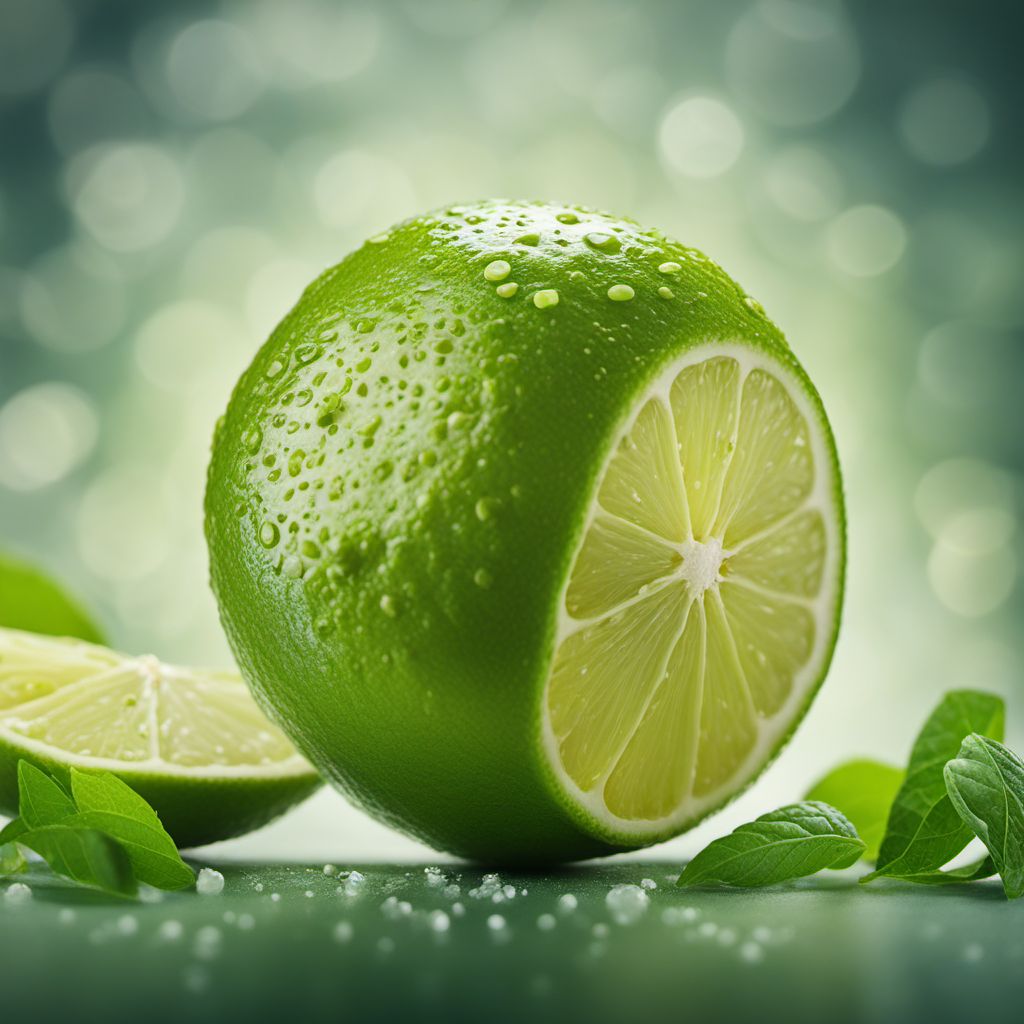
Ingredient
Lime flavour
The Zesty Elixir: Exploring the Essence of Lime
Lime flavor is characterized by its bright and zesty taste, reminiscent of fresh citrus fruits. It offers a tangy and slightly acidic flavor profile, with a subtle sweetness that balances its acidity. The flavor is often described as refreshing and invigorating, making it a popular choice in both sweet and savory dishes.
Origins and history
Limes are believed to have originated in Southeast Asia and have been cultivated for thousands of years. They were highly valued by sailors in the past, as the vitamin C content helped prevent scurvy during long sea voyages. Today, limes are grown in many tropical and subtropical regions around the world, including Mexico, India, Brazil, and Thailand. They are widely used in various cuisines, particularly in Latin American, Asian, and Middle Eastern dishes.
Nutritional information
Lime flavor is a good source of vitamin C, providing a boost to the immune system. It also contains antioxidants and has alkalizing properties. Limes are low in calories and are a great addition to a healthy diet.
Allergens
There are no known allergens associated with lime flavor.
How to select
When selecting limes, choose ones that are firm, glossy, and heavy for their size. Avoid limes that have soft spots or are overly wrinkled, as they may be past their prime. The skin should be bright green and smooth, indicating freshness. Additionally, give the lime a gentle squeeze to ensure it feels slightly soft and yields a bit, indicating juiciness.
Storage recommendations
To maintain the freshness of limes, store them at room temperature for up to a week. For longer storage, place them in a plastic bag and refrigerate. Limes can also be juiced and frozen for future use. To maximize their juice yield, roll the limes on a hard surface before juicing.
How to produce
Lime trees can be grown in regions with a tropical or subtropical climate. They require well-drained soil, ample sunlight, and regular watering. With proper care and maintenance, lime trees can be cultivated in home gardens or containers, allowing you to enjoy the fresh flavor of limes at your fingertips.
Preparation tips
Lime flavor is incredibly versatile and can be used in a wide range of dishes and beverages. It adds a refreshing twist to cocktails, such as margaritas and mojitos, and is a key ingredient in many tropical drinks. Lime juice is commonly used in marinades, dressings, and sauces, as well as in desserts like key lime pie and lime sorbet. The zest of limes can also be used to add a burst of flavor to various recipes.
Substitutions
Lemon flavor can be used as a substitute for lime flavor, although it will impart a slightly different taste due to its more pronounced acidity. Additionally, you can use lime juice or vinegar as a substitute for lime flavor in certain recipes, adjusting the quantities to achieve the desired level of tanginess.
Culinary uses
Lime flavor is widely used in Latin American, Asian, and Middle Eastern cuisines. It is a key ingredient in dishes such as ceviche, pad Thai, guacamole, and salsa. Lime juice is also commonly squeezed over grilled meats, seafood, and salads to add a bright and tangy flavor. In baking, lime zest and juice are used in cakes, cookies, and pies to infuse them with a citrusy aroma.
Availability
Lime flavor is commonly available in tropical and subtropical regions around the world, including Mexico, India, Brazil, and Thailand. It is also cultivated in other countries with suitable climates, such as the United States, Spain, and Egypt.
More ingredients from this category » Browse all
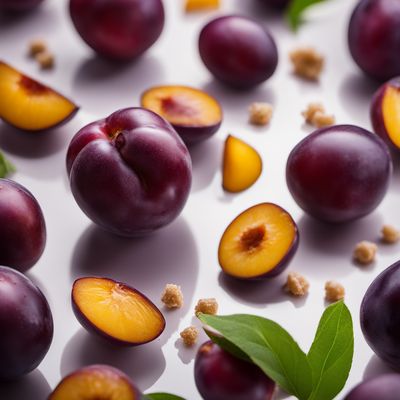
Plum flavour
The Sweet Symphony of Plum Essence
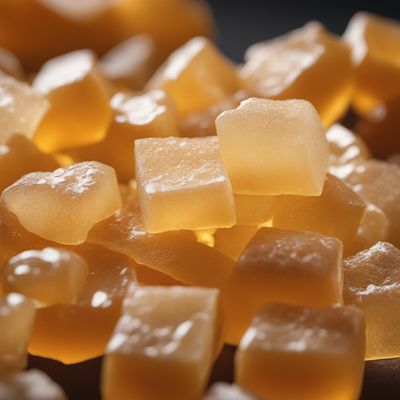
Mastic gum flavour
The Essence of Mastic

Butter flavour
"The Essence of Creamy Indulgence: Unveiling the Magic of Butter Flavour"

Malt flavour
"The Golden Essence: Unveiling the Richness of Malt Flavour"
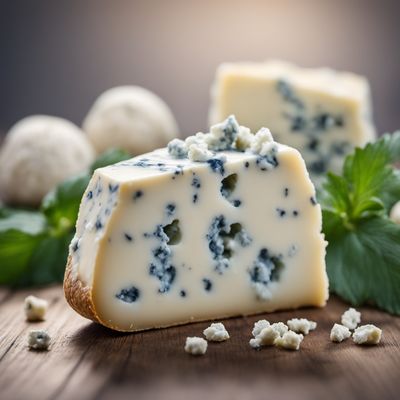
Blue cheese flavour
The Bold and Tangy Indulgence

Curry flavour
The Magic of Curry: Unleashing Flavors

Barley flavour
The Versatile Grain: Barley

Mixed berry flavour
The Burst of Berry Bliss: Exploring Mixed Berry Flavor
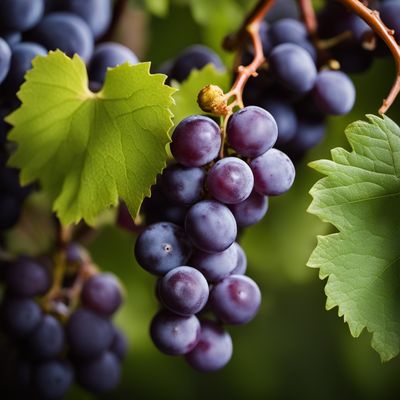
Muscat grapes flavour
The Enchanting Essence of Muscat Grapes

Almond flavour
"The Nutty Elixir: Exploring the Delicate Allure of Almond Flavour"

Guava flavour
Tropical Delight: Exploring the Exquisite Guava Flavor

Truffle flavour
The Essence of Earthly Delight